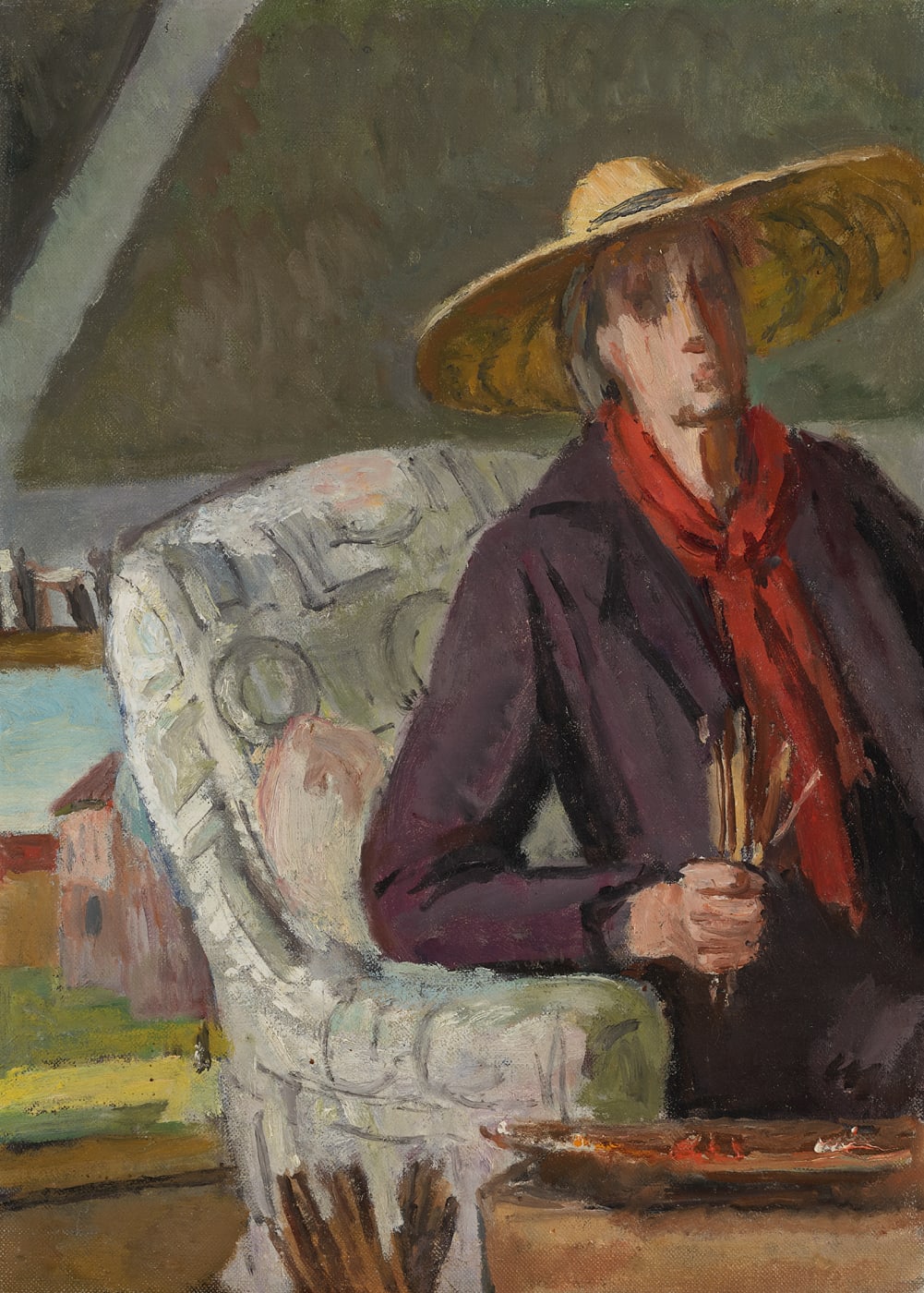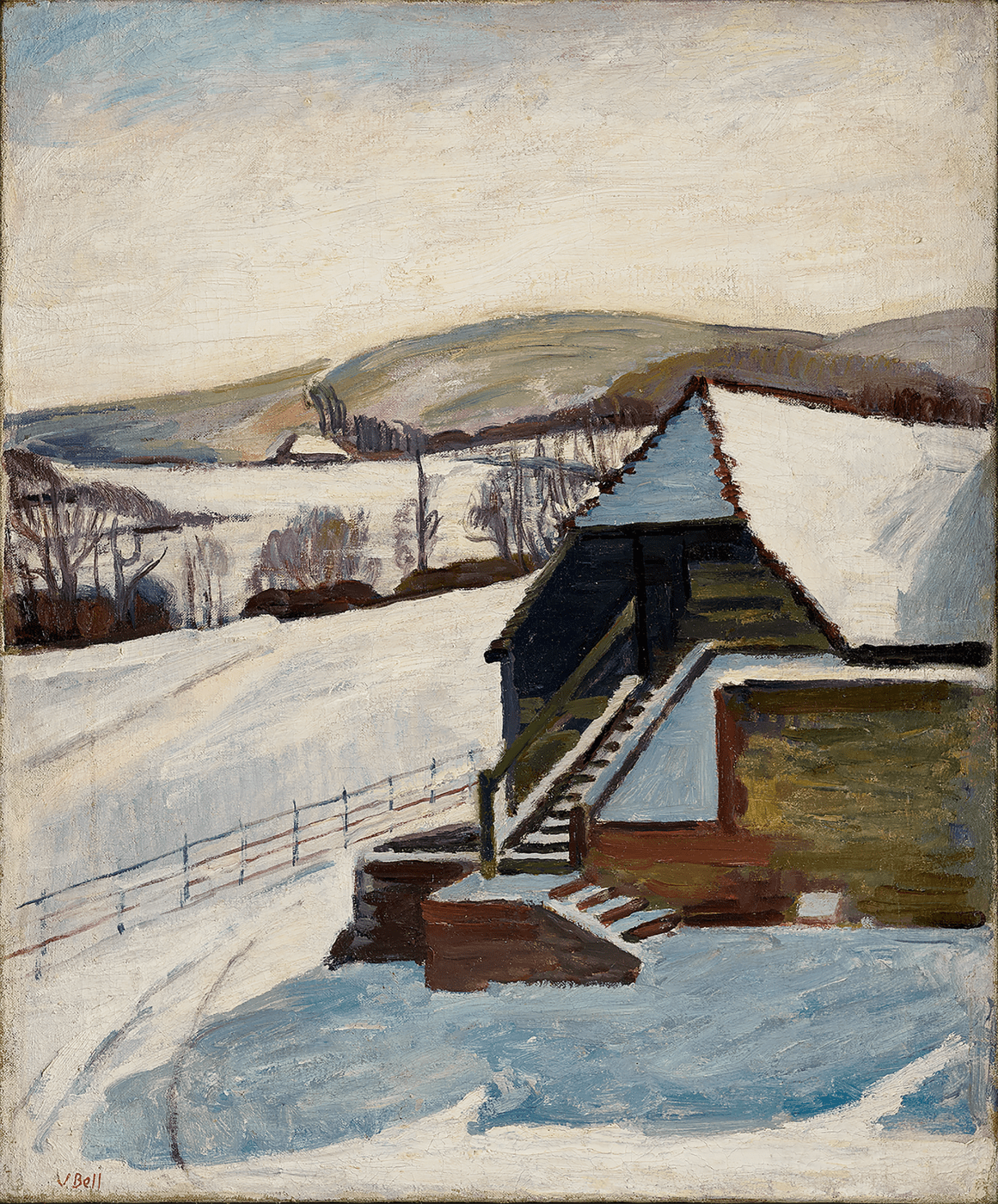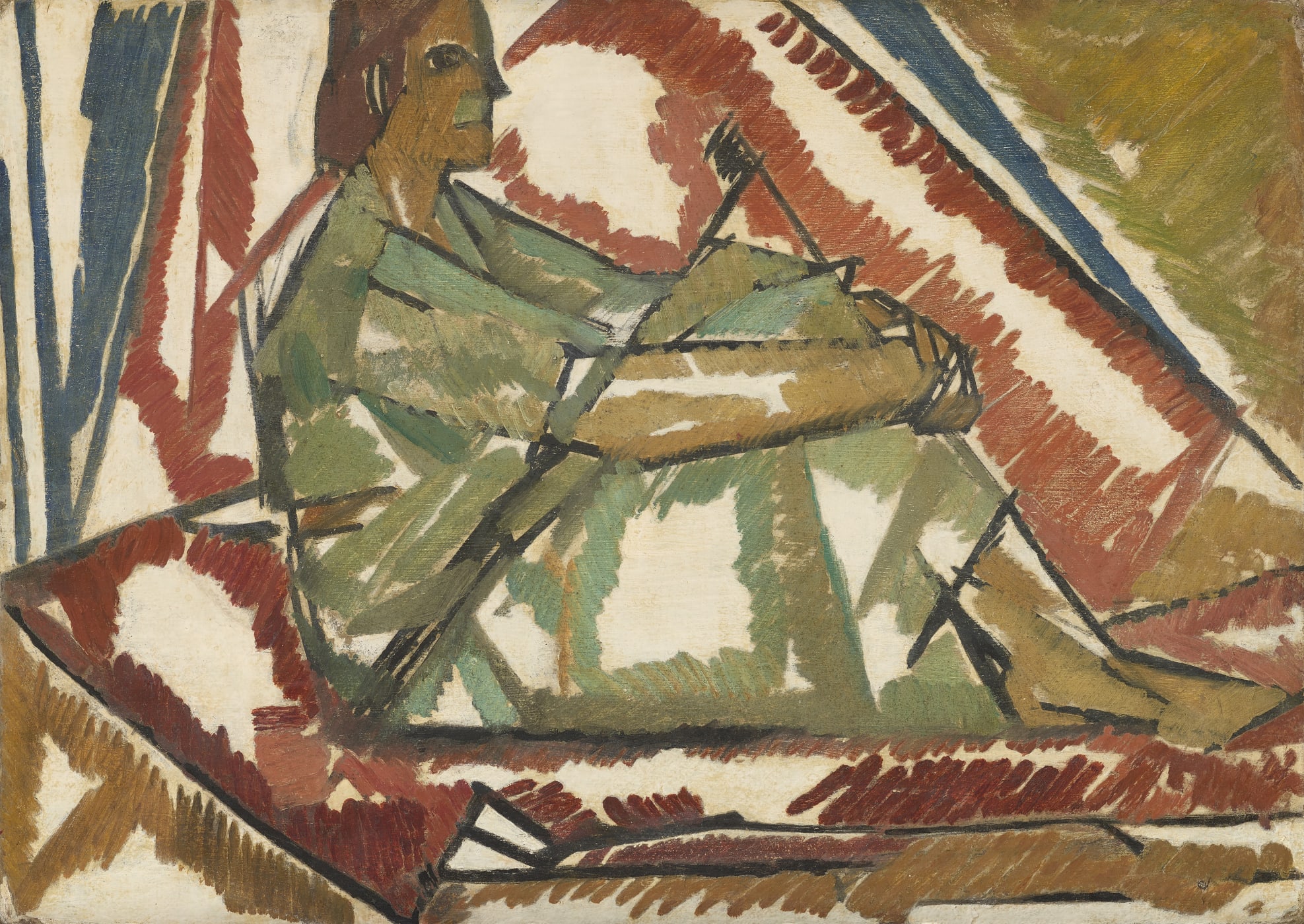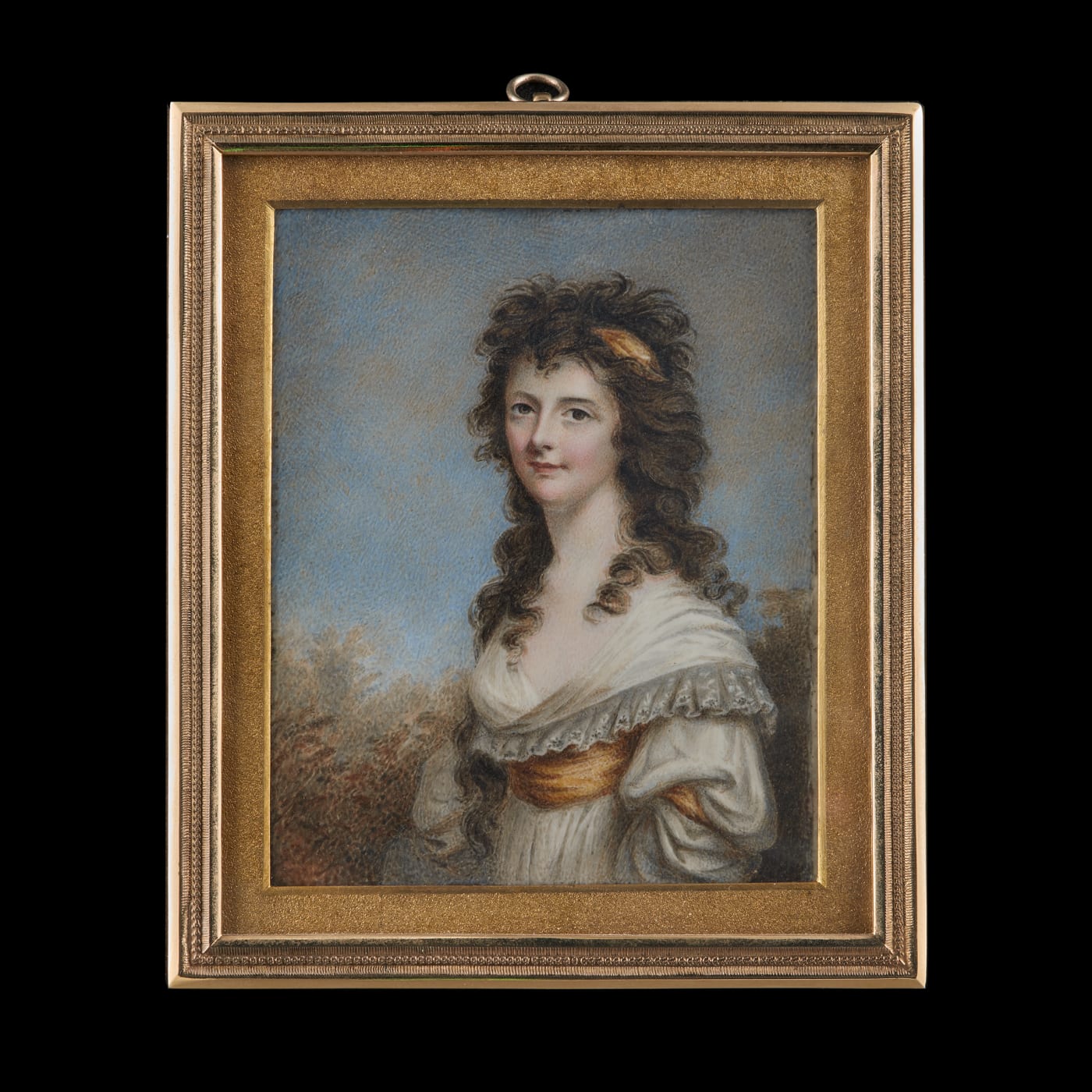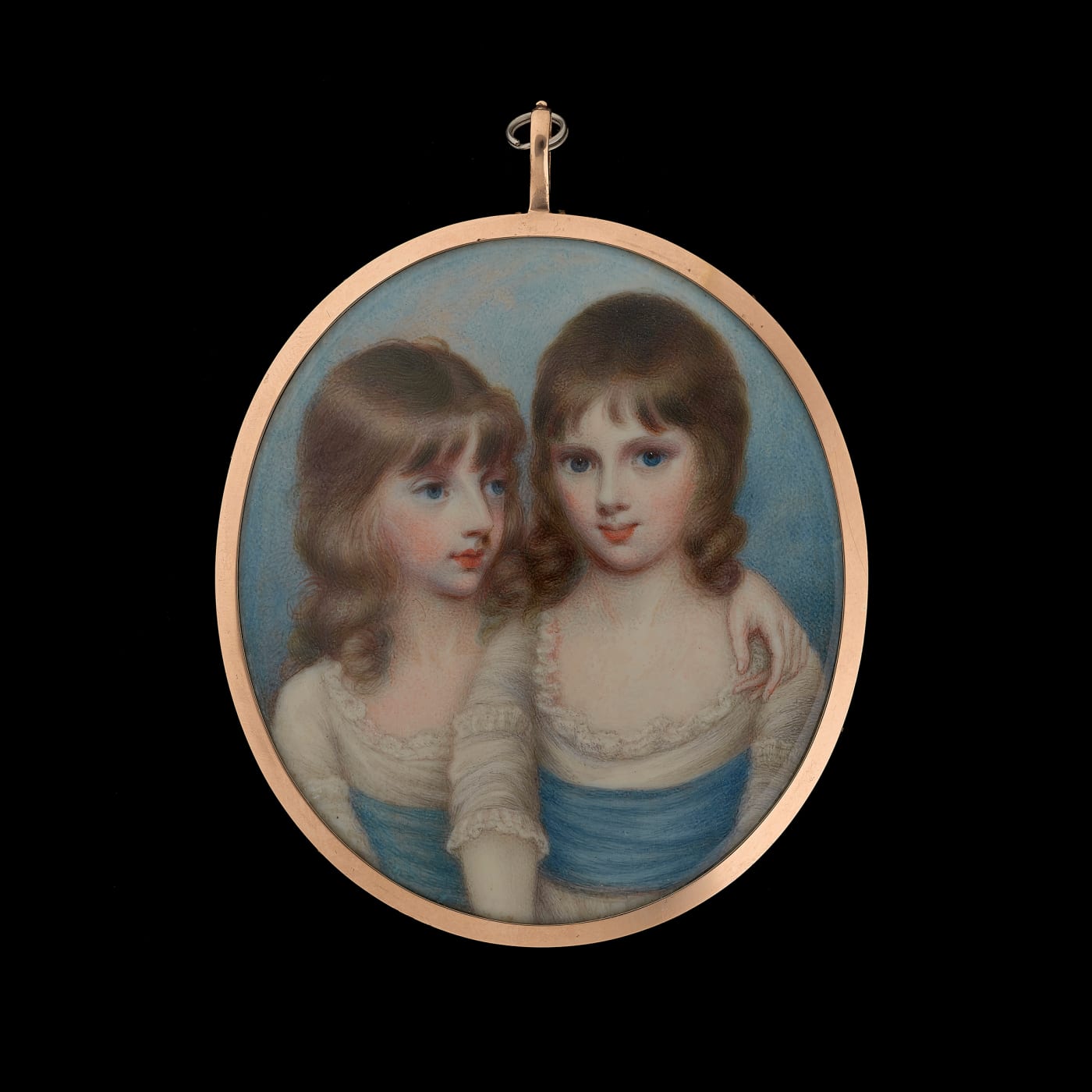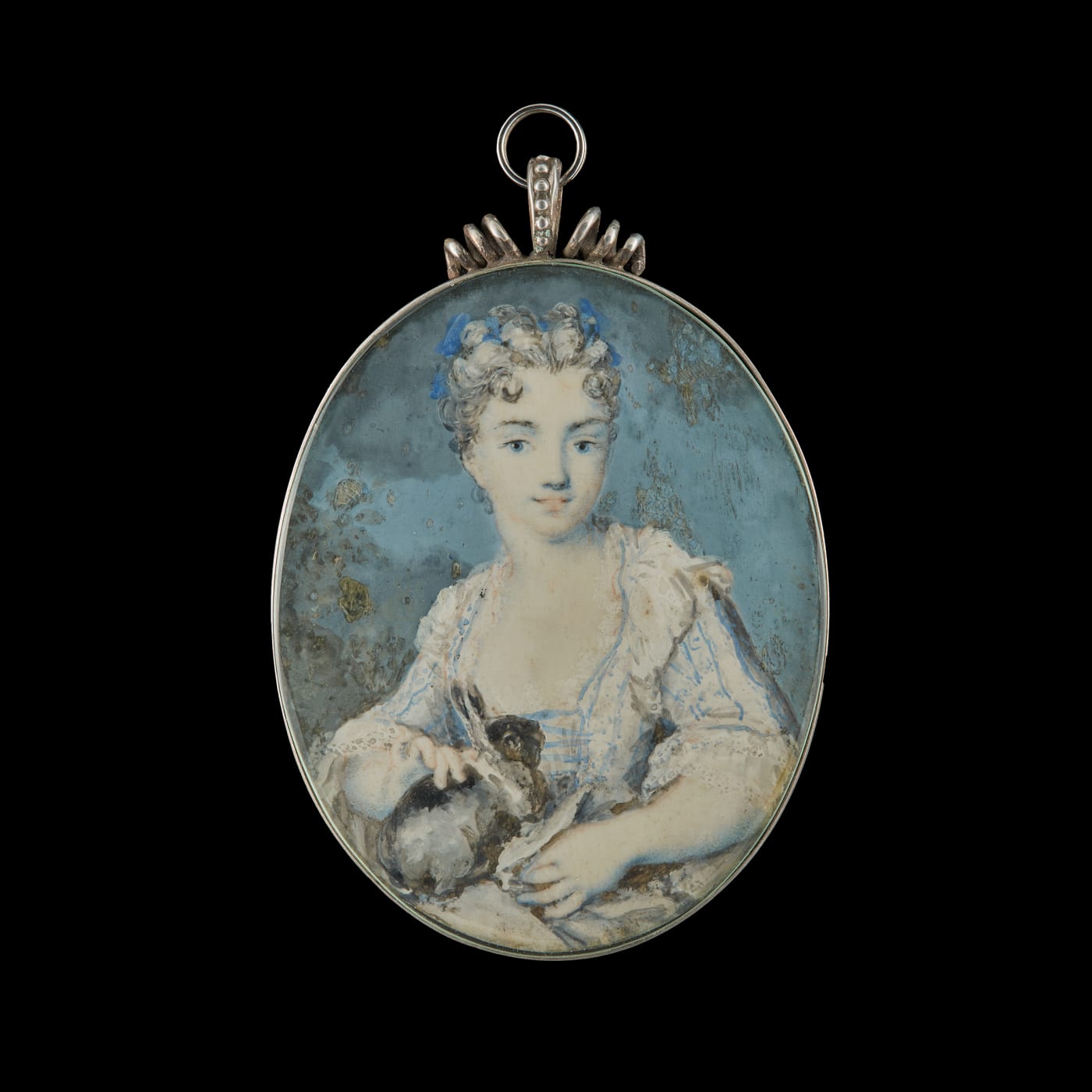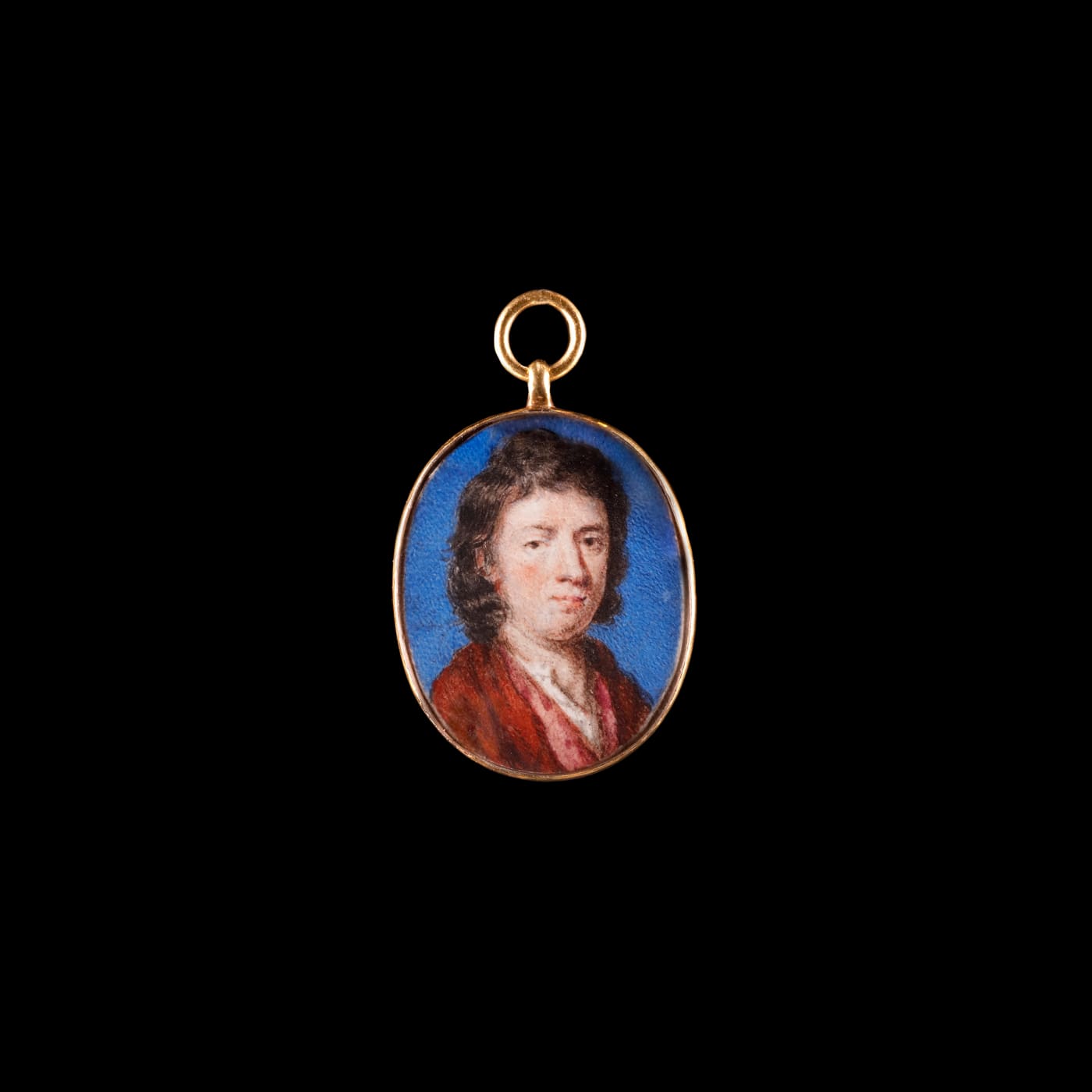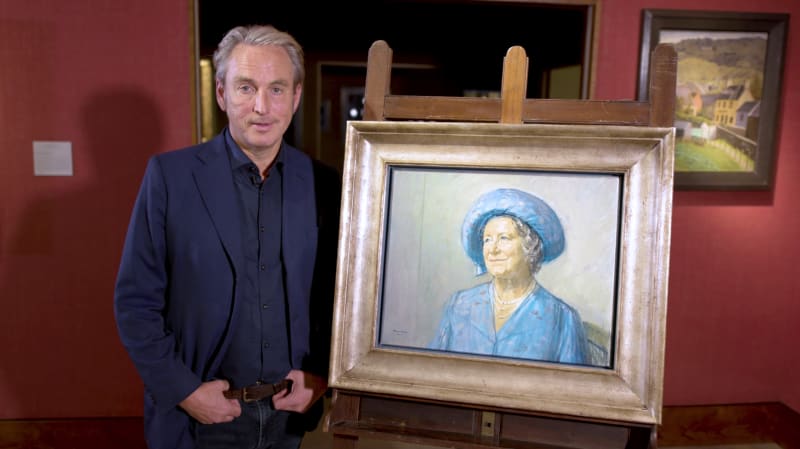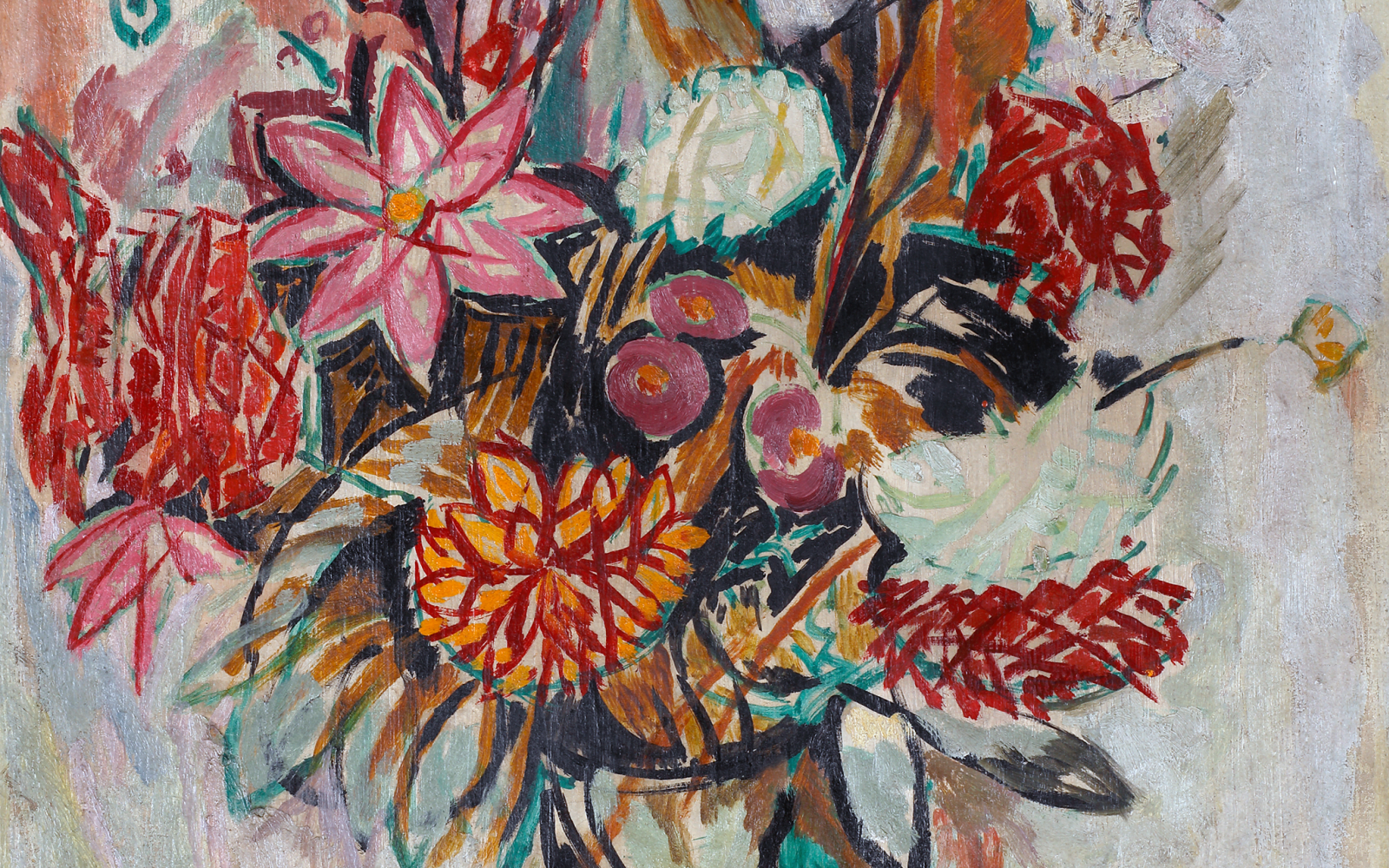‘Pioneers ... is quietly very impressive indeed. The gallery has assembled it essentially from stock, demonstrating that this is no bandwagon-jumping exercise, but a subject that has interested Mr Mould and his team for a long time...’ - Huon Mallalieu | Country Life
Pioneers: 500 Years of Women in British Art Pioneers: 500 Years of Women in British Art explores the history of female artists in Britain who defied the status-quo. This multidisciplinary exhibition progresses from 16th century portraitists, to painters working at the forefront of the British avant-garde in the early 20th century. This active and constantly developing area of art history, which examines the historical significance of female artists, garners continual debate. We hope to contribute to this rich and evolving art historical discussion. The artists exhibited are individuals who we have researched over the last thirty years as art dealers but have never before displayed chronologically. This exhibition explores and re-presents 500 years of pioneering female artists who have been central to the development of British Art.
Pioneers: 500 Years of Women in British Art
Pioneers: 500 Years of Women in British Art explores the history of female artists in Britain who defied the status-quo. This multidisciplinary exhibition progresses from 16th century portraitists, to painters working at the forefront of the British avant-garde in the early 20th century.
This active and constantly developing area of art history, which examines the historical significance of female artists, garners continual debate. We hope to contribute to this rich and evolving art historical discussion. The artists exhibited are individuals who we have researched over the last thirty years as art dealers but have never before displayed chronologically. This exhibition explores and re-presents 500 years of pioneering female artists who have been central to the development of British Art.
Pioneers: 500 Years of Women in British Art explores the history of female artists in Britain who defied the status-quo. This multidisciplinary exhibition progresses from 16th century portraitists, to painters working at the forefront of the British avant-garde in the 20th century.
This active and constantly developing area of art history, which examines the historical significance of female artists, garners continual debate. We hope to contribute to this rich and evolving art historical discussion. The artists exhibited are individuals who we have researched over the last thirty years as art dealers but have never before displayed chronologically. This exhibition explores and re-presents 500 years of pioneering female artists who have been central to the development of British Art.
16th Century
The sixteenth century constitutes a juncture when both female artists and patrons were becoming increasingly visible in Britain. Our exhibition commences with a royal portrait from the Tudor period attributed to Levina Teerlinc (1510s-1576), who grew up within a family of manuscript illuminators and worked in England throughout the reigns of Henry VIII through to Elizabeth I. Whilst working at the English court, we know that she was paid the same as the male artist Lucas Horenbout (1490-1544), the court limner who preceded her. Her intimate portrait of Edward VI, on display here, is a remarkable survival and is a tantalising glimpse into the life and work of this highly talented yet elusive female artist.
17th Century
Teerlinc is succeeded in our exhibition by one of the rarest British female artists of the 17th century - Joan Carlile (c.1606-79). The work presented here is a recent addition to her small oeuvre and was painted in the 1640s. It is the smallest recorded work by Carlile and is the only extant example of the artist working on a copper support. Towards the end of Carlile's career another female portraitist rose to prominence. Her name was Mary Beale (1633-1699) and she epitomized the mindset and skill of a woman in a profession dominated by men. Beale competed successfully with her male colleagues and made her name as one of the more successful portraitists in the latter half of the 17th century. One of her more endearing and informal works - a probable portrait of her son Charles - is included in this exhibition.
18th Century
The 18th century ushered in a new generation of society portrait painters. One of the most accomplished female painters from the first half of this century was Maria Verelst (1680-1744), who came from a celebrated dynasty of artists. Her monumental portrait of Anne Blacket, painted c.1723, is a recent discovery and is an important addition to her much-neglected oeuvre. As the century drew to a close a new group of young and ambitious artists emerged, eager to explore pastures new and seek their fortunes in foreign lands. One of these artists was the miniaturist Diana Hill (c.1760-1844), who left England as a young widow with two young children to seek her fortune as an artist in India. The move was a shrewd one, and she gained a considerable reputation for her highly detailed portrait miniatures of East India Company officers, one of which is included in this exhibition.
19th Century
Sarah Biffin (or Biffen), also known by her married name Mrs. Wright, was one of the most remarkable artists of the 19th century and remains an inspiration to many people to this day. Born without arms or legs (a condition known as phocomelia) she taught herself not only to sew and write, but to paint with a brush held between her teeth. Her detailed portraits were so impressive that people accused her of trickery, and even now some of her unsigned works slip by unrecognised and attributed to her non-disabled male peers.
20th Century
In the 20th Century, the exhibition explores how artists such as Vanessa Bell (1879-1961) were revolutionary in their reconfiguration of traditional female spaces. Under Bell's careful curation, the traditionally domestic home became a multidisciplinary setting for domesticity, collaborative work, intellectual debate and entertainment. Another pioneering artist from the early 20th century was Dod Procter (1890-1972), whose strong, carefully observed portraits of women gained her great fame and recognition. She is represented here by Lydia, one of her most accomplished studio portraits from the mid-1920s.
